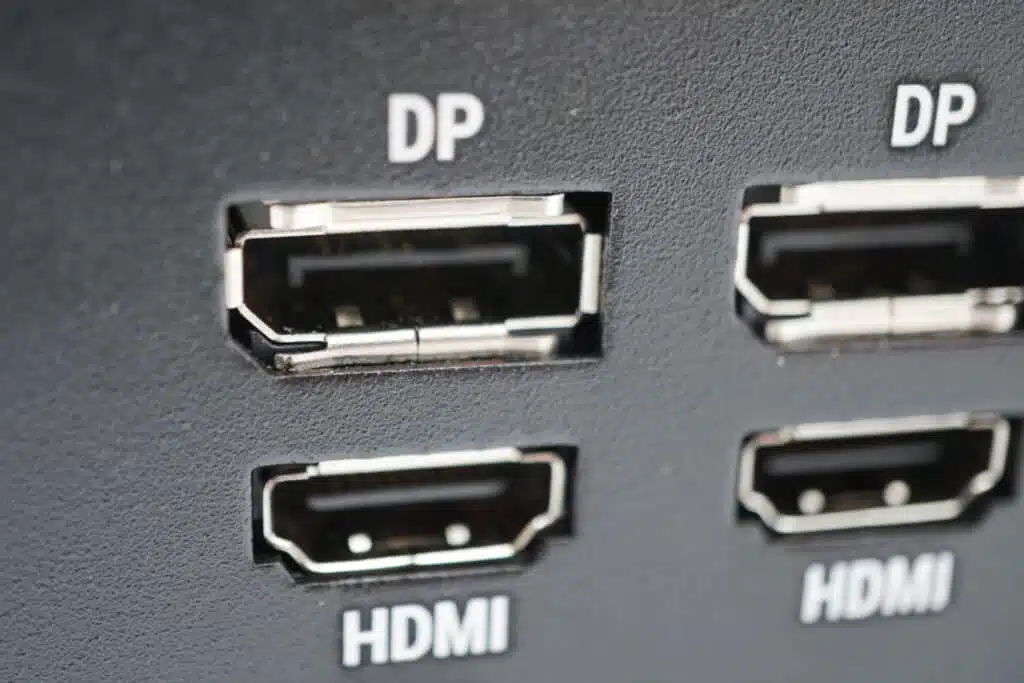31.10.2019

The DisplayPort was standardized by the Video Electronics Standards Association (VESA for short). This is a license-free standard for the digital transmission of video and audio signals. It defines both the transmission method and the corresponding connectors and cables, as well as a guideline for adapters to HDMI and DVI. The reason for the development of DisplayPort was to create a digital interface for higher display resolutions, replacing its predecessors VGA and DVI.
As DisplayPort takes up less space than VGA and DVI, it is perfect for use in notebooks or even our mini PCs. In contrast to the HDMI port, which is mainly used in TV and multimedia devices, the DisplayPort is at home in information technology, i.e. in PCs, tablets and monitors.
DisplayPort works in a similar way to PCIe: it is a serial, scalable point-to-point connection that can adapt to the characteristics of the transmission channel. If the graphics card and the monitor are connected to each other, they synchronize and set the signal level between 200 and 600 mV.
The DisplayPort has 4 channels available, but an image signal can only be transmitted on one channel, as each pixel is transmitted one after the other. DisplayPort also has an additional AUX channel. This accommodates the Display Data Channel (DDC) for the transmission of monitor data on the one hand, and a bandwidth of almost 100 Mbit/s on the other, which means that webcams or microphones can also be supplied. This article contains a more detailed explanation of the transfer procedure.
The ends of the DisplayPort cable have the same connector and therefore fit into both the graphics card output and the monitor input. A detailed list of pin assignments can be found here.
In terms of image resolution, the DisplayPort achieves a lot more than its predecessors VGA and DVI, as these stop at 1K and 2K respectively. Depending on the version of DisplayPort used, an image resolution of up to 1K (DisplayPort 1.1), 4K (DisplayPort 1.2), 5K (DisplayPort 1.3) and even 8K with the latest DisplayPort 1.4 specification can be achieved.
However, DisplayPort also has other advantages: Firstly, as mentioned above, it is a license-free standard. This saves manufacturers of small series fees, such as those incurred with HDMI. On the other hand, the DisplayPort has a smaller connector that does not have a screw connection and instead relies on a mechanical locking mechanism. This saves space and the connection can also be used on small devices.
In addition to the normal further development of DisplayPort 1.1 to 1.4, the three special forms Mini DisplayPort, MyDisplayPort and eDP have been developed over the years. More information about the special forms is summarized in this article.

Machines that know when they need to be serviced before anything breaks down. Sounds like a dream of...

Although the vacation season was at its peak for us in September, we can shine with two new products...

Digital signage has long been much more than just static screens. In times of Industry 4.0, smart bu...
You need to load content from reCAPTCHA to submit the form. Please note that doing so will share data with third-party providers.
More Information